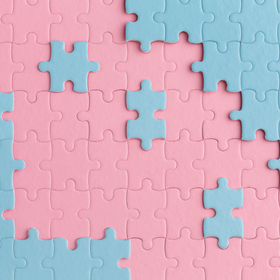
The ARC Challenge: Africa
Helping Africa
Flights to DLI
Challenge completed 3 months ago
Prediction
115 joined
37 active
Start
Jul 25, 24
Close
Jul 31, 25
Reveal
Jul 31, 25
Quick boost in accuracy score 🚀
27 Jul 2025, 19:17 · 3
Going through the plotted examples I noticed alot of output are graphically similar to the input, especially with how the score is being calculated (row by row accuracy) you can get some rows correct just by copy pasting the input as outputs, do this and merge your results to that of the sample submission to avoid inconsistency with number of rows per test ID. Also, write a simple ode that checks if simple translations (rotate , scale, etc) work for the given examples and if they do apply them to the test input. I'll upload a sample notebook for those who find it difficult to implement. Happy coding 👌
This is the link to the sample notebook :
https://www.kaggle.com/code/offeibekoe/arc-agi-africa-code
Hey, thanks for sharing. This competition reminds me alot of the Kenya Reasoning Competition where it was possible to get high scores without using any ML techniques. I just wanted to encourage participants to focus on delivering a solution that can be useful to the hosts.
Yes, I only want this to serve as a foundation for any ML techniques you decide to use. For example if one decides to use tool calling this could be something the model will default to if it cannot find optimal approaches, starting from a respectable base score further iteration with ML techniques will only lead to boosts in scores